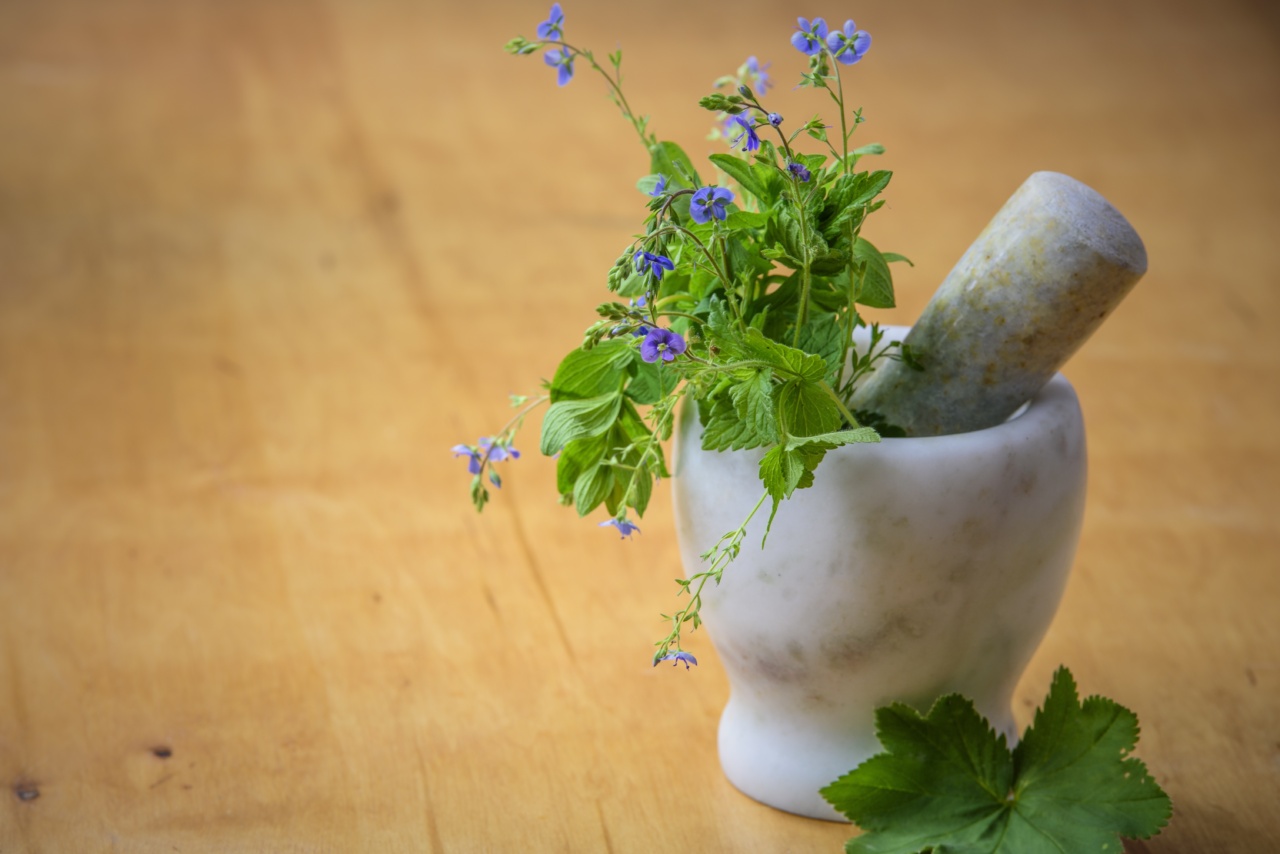Pain is a common problem that almost everyone experiences at some point in their lives. It can be caused due to various reasons such as injury, illness, or stress. Pain management is crucial to improve the quality of life of the affected person.
Many people turn to over-the-counter or prescription medications for pain relief. However, these medications may have side effects and may not be suitable for everyone. Alternatively, herbs can be used to naturally alleviate pain with minimal side effects. Two of the most effective herbs for relieving pain are Kratom and Turmeric.
Kratom for Pain Relief
Kratom, also known as Mitragyna speciosa, is a tropical evergreen tree native to Southeast Asia. Kratom leaves contain alkaloids that have anti-inflammatory and pain-relieving properties.
The two main active ingredients in Kratom are mitragynine and 7-hydroxymitragynine.
How Kratom Works for Pain Relief?
Kratom works by binding to the mu-opioid receptors in the brain, which are responsible for pain relief. Mitragynine and 7-hydroxymitragynine mimic the effects of endorphins, which are naturally produced in the body to relieve pain.
Kratom also has sedative effects, which can help to promote sleep and relaxation.
What Types of Pain can Kratom Help with?
Kratom can help to alleviate various types of pain, including chronic pain, acute pain, and neuropathic pain. It has been found to be effective in relieving pain associated with conditions such as arthritis, fibromyalgia, migraines, and back pain.
How to Use Kratom for Pain Relief?
Kratom can be consumed in various forms, including powder, capsules, and liquid extracts. The most common way to consume Kratom is by brewing it into a tea.
The dosage of Kratom depends on various factors such as the user’s age, weight, and the severity of pain. It is always advisable to start with a lower dose and gradually increase the dosage until the desired effect is achieved.
Turmeric for Pain Relief
Turmeric is a spice that is commonly used in Indian cuisine. It is derived from the Curcuma longa plant and has been used for thousands of years in Ayurvedic medicine as a natural remedy.
Turmeric contains a powerful anti-inflammatory compound called curcumin, which has pain-relieving properties.
How Turmeric Works for Pain Relief?
Curcumin works by inhibiting the production of inflammatory chemicals in the body, which can cause pain and swelling. It also promotes the production of natural painkillers in the body, such as serotonin and dopamine.
Curcumin also has antioxidant properties, which can help to protect the body from free radical damage.
What Types of Pain can Turmeric Help with?
Turmeric can help to alleviate various types of pain, including joint pain, muscle pain, and headaches. It has also been found to be effective in reducing the pain associated with conditions such as osteoarthritis and rheumatoid arthritis.
How to Use Turmeric for Pain Relief?
Turmeric can be consumed in various forms, including powder, capsules, and as a spice in cooking. The recommended dosage of turmeric varies depending on the form of turmeric used and the severity of pain.
It is always advisable to consult a healthcare professional before starting to take any new supplements or herbs.
Side Effects and Precautions
Both Kratom and Turmeric are generally safe when consumed in the recommended dosages. However, they may cause side effects in some people. Kratom may cause dizziness, nausea, and constipation.
Long-term use of Kratom may also lead to addiction and withdrawal symptoms. Turmeric may cause stomach upset and diarrhea in some people. It may also interact with certain medications, so it is important to consult a healthcare professional before consuming Turmeric supplements.
Conclusion
Kratom and Turmeric are two of the most effective herbs for naturally relieving pain. They work by reducing inflammation and promoting the production of natural painkillers in the body.
Both Kratom and Turmeric can be consumed in various forms, and it is important to consult a healthcare professional before starting to take any new supplements or herbs. While these herbs have minimal side effects, everyone’s body is different, and reactions may vary.






























